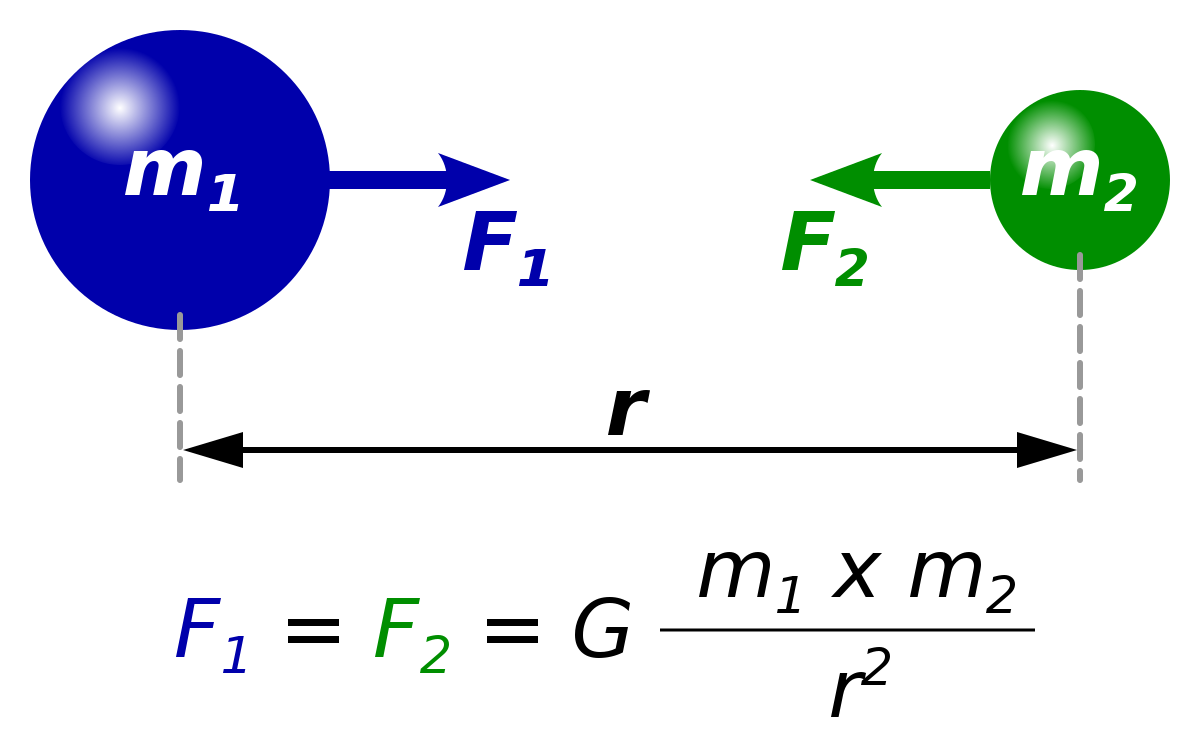Periodic Motion
It is called Periodic Motion when there is no damping force. In real situations, all natural oscillations are damped by friction,
air-resistance, etc.
Simple harmonic: spring-mass
When k is the spring constant, and x is the distance that the spring is stretched. If a mass m0 is
suspended on a spring as shown, then the downward force of the weight equals the upward
restoring force of the spring,
m0g = kx0
When x0 is the position of the weight in equilibrium. (The
position of the unstretched spring is considered to be x = 0.)
If additional mass m is loaded on the spring, then the spring
stretches to a position x.
mg = k(x-xo)
When (x-xo) is the elongation of the spring from the
equilibrium position of the initial lead weight, and (m+mo)
is now the total mass attached to the spring. If the load
weight is plotted vs. the elongation of the spring, then the
slope is just the spring constant k.
A mass on a spring exhibits simple harmonic motion
because its period is independent of its amplitude, or
amount of stretch. The period of oscillation of a mass on a
spring is given.
T=
2π = 2π multiplied to the square root of
M
ω k
Damped and Forced Oscillations Summary
There is a time dependent voltage source, the current in the circuit is depending on this time, then the magnetic field generate by this current with time. Non-concervative electric field does not vanish and gives an emf which equals minus times the time derivative of the magnetic flux through the circuit. As the coil turns around the z~axis, the flux through it changes, and an emf develops
Always remember that the line integral of the electric field across the inductor is ZERO. There is a law says that potentials around a loop vanishes fails and that law is Kirchoff law. Because we don't have steady currents but in time varries.
Sinusoidal diriving forces must be studied because reasonable forces can be express as a sum of sinusoidal components. If we all know the system's of sinusoidal driving force, we can compute the wide class of driving force. That is why it is important to know what is the system's of sinusoidal driving forces.
Mechanical Waveasdsad
Types of mechanical waves:
• Waves that have compressions and rarefactions parallel Waves that have compressions and rarefactions parallel
to the direction of wave propagation are longitudinal.
• Waves that have compressions and rarefactions
perpendicular to the direction of propagation perpendicular to the direction of propagation.
Periodic motion experiment











